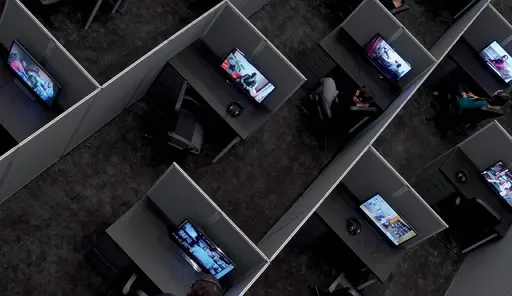Artists as (Public) Intellectuals considers how the definition of the term “intellectual” in a broader sense might be expanded by thinking of artists as “knowledge producers” and thus as a type of intellectual, and discusses the ethical, political, and social implications of defining artists in this way.
If we see artists as “knowledge producers” can they also be defined as “intellectuals?” What new concept of the intellectual might be necessary to encompass the kind of non-totalizing and diverse art practices that create knowledge? What implications would this have on the entrenched division between thinking and making or thinking and doing? In opposition to the classic definition of a “universal intellectual,” who is “authorized” to dispense truths, Michel Foucault suggested the term “specific intellectual.” As Gary Hall explains (quoting Foucault), this individual is a “‘savant or expert’ with a ‘direct and localized relation’ to knowledge… The specific intellectual thus represents a ‘new mode of the connection between theory and practice’.” Alternatively, we could speak of the “public intellectual” whose approach to knowledge could be seen as more accessible and inclusive. To paraphrase curator Charles Esche, perhaps the role of the artist today might be to be a generalist in a time of specialization.
Defining artists as intellectuals also has a number of implications for artists and their artistic practices. First, we ask whether this label implicitly devalues creative work or takes focus away from the formal or aesthetic qualities of art. Is the function of an intellectual one that artists are willing or interested in taking on? What could this mean for how artists position themselves in the cultural, social, and political realm? In what kind of public sphere do artists operate, and what strategies do they employ to seek out and address various publics? As Simon Sheikh wrote in Representation, Contestation and Power: The Artist as Public Intellectual: “We must therefore begin to think of artists and intellectuals as not only engaged in the public, but as producing a public through the mode of address and the establishment of platforms or counter publics… in opposition to the reigning cultural and political hegemony of the specific society.” Are there “modes of address” that are unique to contemporary art and if so, how can they retain their autonomy and oppositional character?
